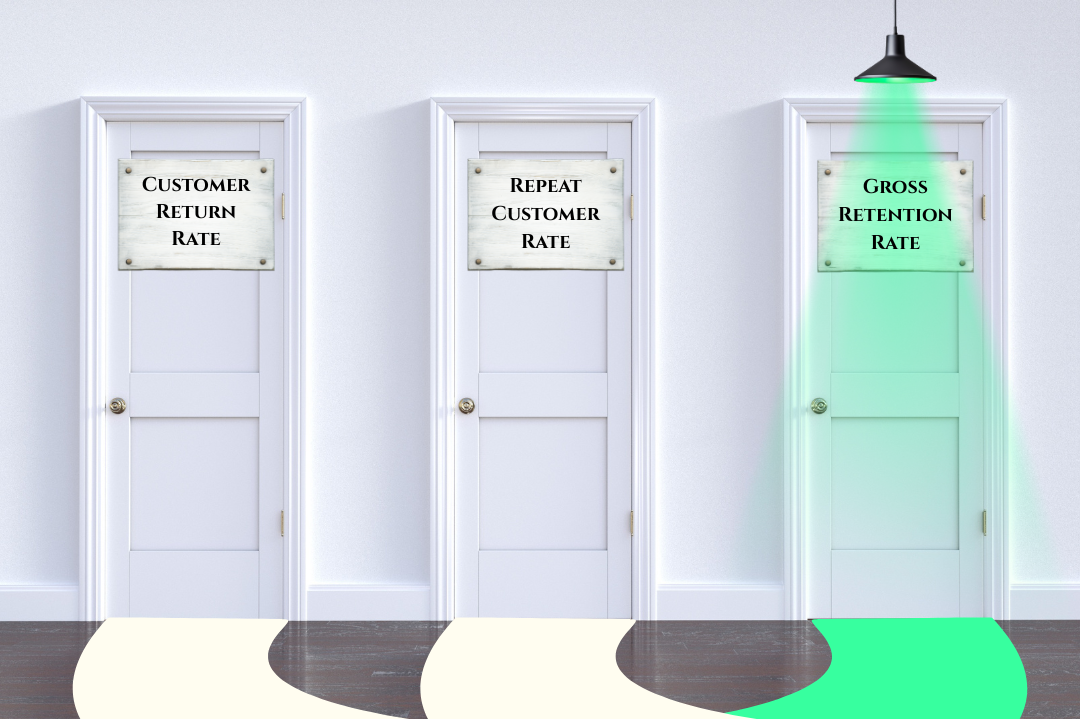August 8, 2024

In a challenging economic climate, B2C marketers are facing difficulties in accessing qualitative consumer data due to privacy legislation and technological advancements. Consequently, they are finding it challenging to adapt their data strategies in order to gain a deeper understanding of their customers and develop AI capabilities for personalized experiences. To enhance their brand perception and return on investment (ROI), marketers must place a greater emphasis on customer experience and actively engage with customers throughout their entire journey. – Manu Mathew, CEO Cohora
DATA DEPRECIATION
As data deprecation continues to limit data access, marketers are increasingly relying on first- and zero-party data to bridge the gaps. However, obtaining unifying and learning from this data presents a unique challenge.
WANING CUSTOMER LOYALTY
Inflation has put more emphasis on loyalty programs for consumers. Customers want emotionally satisfying experiences and are willing to cut ties with brands that don’t deliver.
SHIFTING CONSUMER BEHAVIOR
Many brands are aware of their customers' transaction history, demographics and some self-reported psychographics. However, this information alone is insufficient to meet the growing demand for personalization.
SOCIAL COMMERCE BUZZ
There is much buzz within marketing and tech around social commerce, however, 62% of online shoppers never complete purchases inside social media networks*. The most effective approach is to guide interested users to the brand's website for purchasing. This aligns with the preferences of most shoppers and allows brands to establish a lasting relationship that transforms a first-time buyer into a loyal and profitable customer.
QUALITY AND ACTIONABILITY OF DATA
With a focus on performance marketing over the last decade, marketing has been chasing high opt-in rates or quantity, and vanity metrics without the mechanisms or strategy to leverage these efforts. This creates disjointed conversations and data that doesn’t tie to the personalized outcomes.
E-commerce brands that connect with customers via non-transactional content and engagements increase revenue and customer value:
%2520(1).png)
Adapt or get left behind
More and more online brands are realizing they need to get creative with smaller budgets to drive acquisition, boost retention, and increase lifetime value. The days of throwing big bucks at social media ads and influencers are gone. It's time to think outside the traditional marketing box. Cohora’s innovative customer activation platform is helping e-commerce brands do more with less out-of-pocket investment, thus increasing profitability and driving retention and growth, even during tough economic times.
E-commerce success today depends on making the most of the customers you have.
By optimizing zero-party customer engagement data, increasing engagement and improving the post-purchase and loyalty experiences, brands can increase customer lifetime value and find new growth, even with smaller budgets.
By activating the untapped potential of your customer base, which often lies dormant in your CRM, and providing them with a platform to engage with your brand and with like-minded customers, you unlock the power of retention and organic growth.
The brands that adapt will be the ones that thrive.
Two-way dialogue fosters a more personal and direct connection between the brand and its customers. This interaction can make customers feel heard and valued, as they have an opportunity to express their thoughts, concerns, or praises directly to the brand. This in turn can lead to higher customer loyalty and satisfaction.
Interactive communication allows brands to gain valuable insights from their customers. Through open conversations, brands can learn more about their customers' needs, preferences, and pain points, which can guide their product development, marketing strategies, and overall business decisions.
Two-way dialogue between customers and the brand creates a continuous flow of user-generated content. UGC can increase a brand's reach and visibility, as consumers who share their experiences often also share them within their own social networks. This brings in new audiences and potential customers, helping brands to expand their market share. Furthermore, UGC gives brands unique insights into how their products or services are being used in real-world scenarios.
Acquiring a new customer is 25x more expensive than keeping an existing one.

First and Zero-party data
First-party data helps marketers understand customers’ behaviors, shopping habits, and product preferences. Zero-party data is most effective when it fills in the gaps of how a brand understands a customer, which then impacts how the brand interacts in subsequent touchpoints.
Retention measurement & predictability
For e-commerce brands, measuring and predicting retention rates can be incredibly challenging due to variations in purchase frequency across different product categories. This is especially true in beauty and fashion, where brand switching and product sampling is common and influenced by social media trends.
Dynamic segmentation
Segmentation loses credibility quickly when it doesn’t adapt to the ever-changing consumer. Customer segments do come with an expiration date, and it’s difficult to know when to refresh a segment or declare it dead.
One-to-one personalization
Personalization is an incredibly powerful tool when it comes to driving customer engagement and growth. It can be particularly effective because it shows customers that you understand their needs and preferences - which can help to build a strong and lasting relationship.
Always-on-customer panel
Gain real-time insights through polls, surveys, and quizzes to help inform business decisions around product innovation, inventory management, messaging, and more.
Microinteraction rewards
Micro-interaction rewards are small, often subtle, positive feedback mechanisms provided to customers during their interaction with a digital product or service. These rewards are designed to improve user experience, enhance engagement, and encourage certain behaviors.
To learn how..
• By activating your existing static customer first-party data and collecting zero-party data.
• Leveraging micro-interaction engagement tools to create a continuous stream of user-generated content .
• Optimizing user-generated content to power AI-driven automated campaigns and dynamic segmentation for personalization.
• Utilizing value-based loyalty empowering brand advocacy to drive organic growth and revealing true Loyalty ROI.
• Identify micro-influencers in your customer base that can help to drive brand advocacy.
Our solution can unlock value within your existing customer base.


.png)


